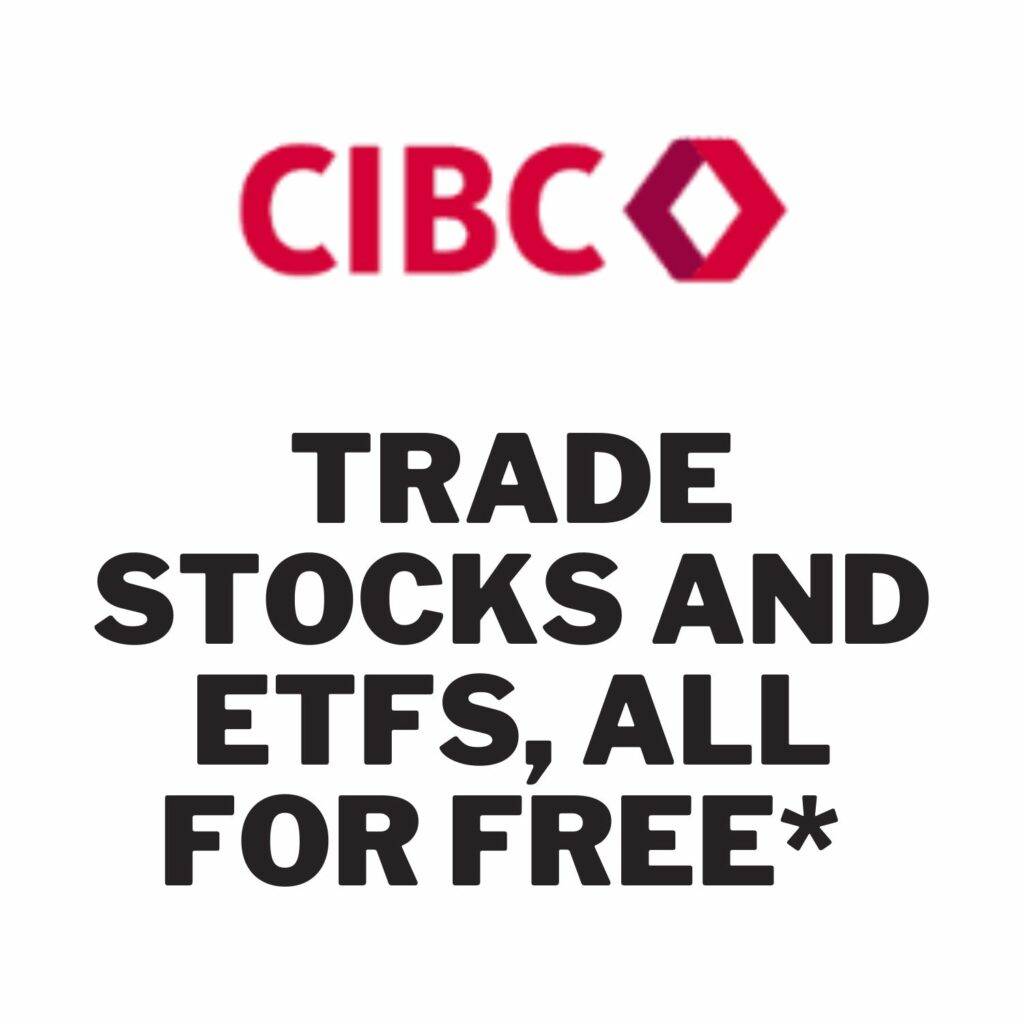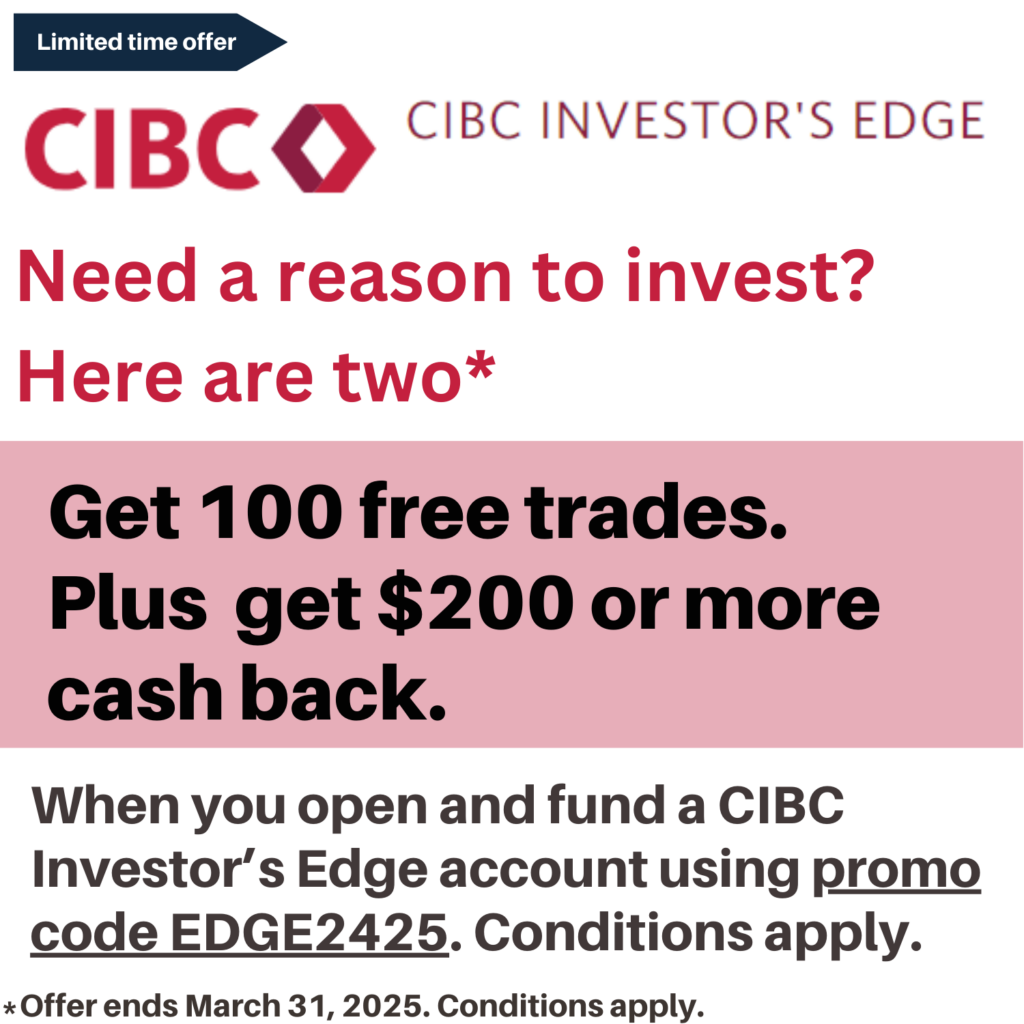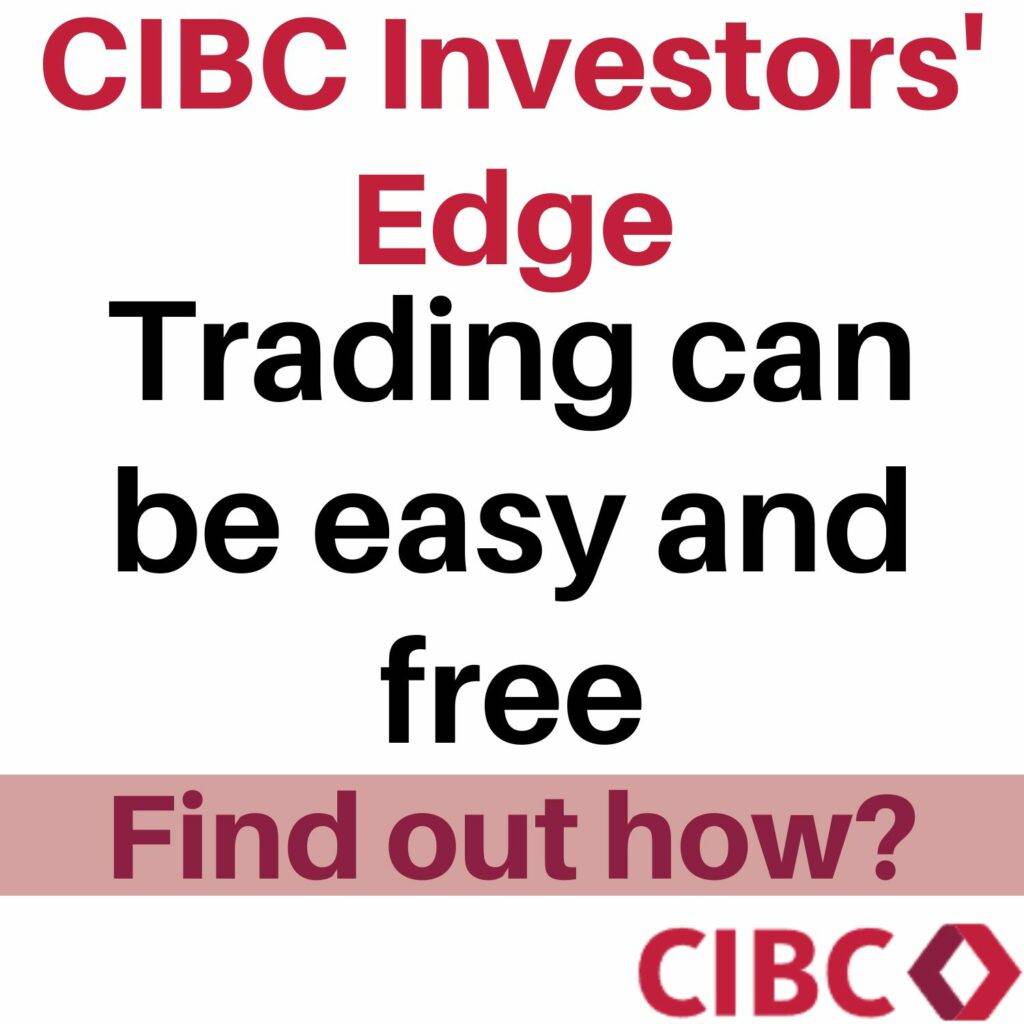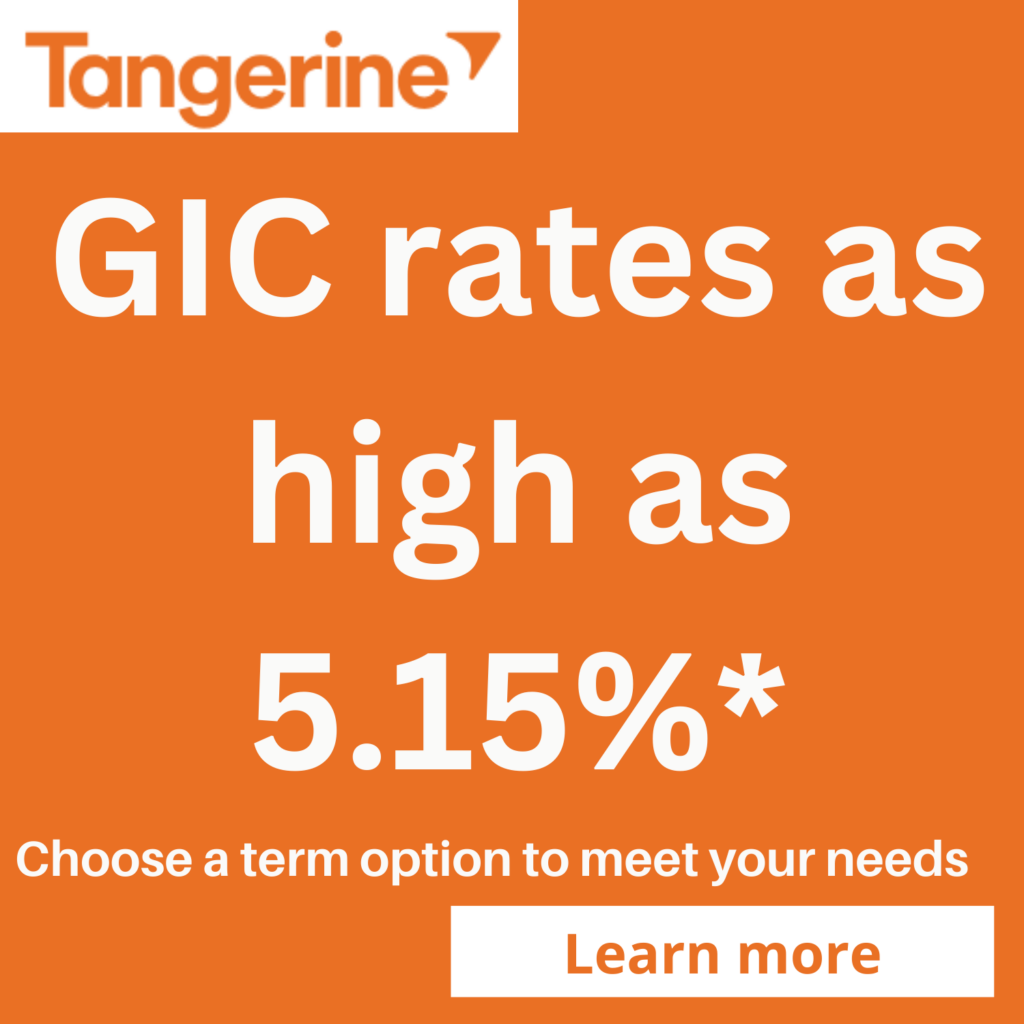If you’re looking to add U.S. dividend ETFs to your portfolio, you’re on the right track. The U.S. market is packed with opportunities for steady income, dividend growth, and portfolio diversification. But let’s be real—without the right strategy, you could lose a chunk of your returns to taxes or currency swings. Here’s how to make smart choices and keep more of your hard-earned cash.

Top 5 Best Canadian REITs ETF in 2024
Best Canadian dividend ETF 2024- Top 16
Why U.S. Dividend ETFs Are a Smart Play
Top-Quality Companies: The U.S. market has global leaders with solid dividends and strong balance sheets. Think of companies like Microsoft, Johnson & Johnson, and Procter & Gamble.
Dividend Growth: Many U.S. firms don’t just pay dividends—they grow them year after year, helping you fight inflation.
Diversification: Adding U.S. stocks spreads your risk. Canada is heavy on energy and financials; the U.S. offers tech, healthcare, and consumer goods.
Currency Tailwind: If the U.S. dollar rises against the Canadian dollar, your investments gain an extra boost.
Comparison Asset under management and fees
The table below shows assets under management in millions, the dividend yield, and the fees for each ETF selected. The fees range from 0.30% to 0.97%. Index ETFs tend to have the lowest MERs, while actively managed ones are more expensive. DXG Dyn Ishares Active Global Div, ZWH BMO US High Dividend Covered Call, and VGG Vanguard US Div Appr are the most popular US dividend ETFs in Canada.
In comparison to Canadian dividend ETFs, US dividend ETFs offer better diversification. As discussed in our previous post, Canadian dividend ETFs tend to be dominated by financials and energy.
| Name | AUM | MER % |
| DXG – Dyn Ishares Active Global Div | 882 | 0.81% |
| ZWH – BMO US High Dividend Covered Call | 876 | 0.72% |
| VGG – Vanguard US Div Appr | 954 | 0.30% |
| ZDY – BMO US Dividend CAD | 466 | 0.33% |
| VGH – Vanguard US Div Appr CAD Hdg | 457 | 0.30% |
| RUD – RBC Quant US Div Leaders | 407 | 0.43% |
| CUD – Ishares S&P US Div Growers | 402 | 0.66% |
| DXU – Dyn Ishares Active US Div | 159 | 0.80% |
| HBF – Harvest Brand Leaders Plus Income | 297 | 0.96% |
| HAZ – Horizons Active Global Dividend | 208 | 0.78% |
– HBF from Harvest has the highest management expense ratio;
– Vanguards ETFs VGG and VGH have the lowest MERs.
Comparison performance and dividend yield
[stock_market_widget type=”table-quotes” template=”color-text” color=”#1040F4″ assets=”DXG.TO,ZWH.TO,VGG.TO,ZDY.TO,VGH.TO,RUD.TO,CUD.TO,DXU.TO,HBF.TO,HAZ.TO” fields=”symbol,ytd_return,three_year_average_return,five_year_average_return” links=”{‘DXG.TO’:{},’ZWH.TO’:{},’VGG.TO’:{},’ZDY.TO’:{},’VGH.TO’:{},’RUD.TO’:{},’CUD.TO’:{},’DXU.TO’:{},’HBF.TO’:{},’HAZ.TO’:{}}” display_header=”true” display_chart=”false” display_currency_symbol=”true” pagination=”true” search=”false” rows_per_page=”15″ sort_field=”five_year_average_return” sort_direction=”desc” alignment=”left” api=”yf”]
Updated daily
| ETF | Div Yld |
| DXG | 0.03 |
| ZWH | 6.11 |
| VGG | 1.43 |
| ZDY | 2.63 |
| VGH | 1.43 |
| RUD | 1.85 |
| CUD | 2.12 |
| DXU | 0.00 |
| HBF | 7.63 |
| HAZ | 2.99 |

US dividend ETFs ideal for investors who seek capital growth
RUD.TO – RBC Quant U.S. Dividend Leaders ETF
RUD.TO emphasizes financial strength and dividend growth over time. Its consistent average returns over 3 and 5 years highlight its effectiveness in providing both regular income and long-term capital growth. Its positive YTD return, albeit modest, suggests some resilience.
VGG.TO and VGH.TO – Vanguard US Dividend Appreciation
Both VGG and VGH track the NASDAQ US Dividend Achievers Select Index, composed of securities with a history of increasing annual dividends. VGG is non-hedged while VGH is CAD-hedged against currency fluctuations. VGG’s higher returns across the board might indicate a benefit from currency fluctuations or simply better performance of the non-hedged approach in the given period.
HAZ.TO – Horizons Active Global Dividend
HAZ’s strong YTD return suggests effective active management and selection of international dividend-paying stocks. Its strategy focusing on dividend growth, cash flow payout, and sustainability appears to be yielding good results, making it an attractive option for those seeking regular income and modest capital growth from a diversified international portfolio.
DXG.TO – Dyn Ishares Active Global Div ETF
DXG is another actively managed fund with a significant portion invested in U.S. companies. Despite a negative YTD return, its 5-year average suggests good long-term performance. Its strategy of selecting dividend-paying large caps across various sectors like Technology and Healthcare seems to yield substantial returns over a longer horizon.
US dividend ETFs ideal for investors who are seeking income
ZWH BMO US High Dividend Covered Call has been designed to provide exposure to a dividend-focused portfolio while earning call option premiums. ZWH offers an attractive dividend yield of close to 6%. What’s unique about this ETF is that it uses covered calls to protect against downside risk. The covered call strategy provides limited downside protection. Also, when you write a covered call, you give up some of the stock’s potential gains. These ETFs will tend to have a higher yield and a lower performance. ZWH is a non-hedged ETF.
Tax implications of owning US dividend ETFs
There are tax implications when holding an ETF that invests in US and international stocks. Any dividend received will be reduced by withholding taxes depending on the scenarios below. The table below provides a summary:
| Canadian ETF: 1$ dividend scenario | Taxes | Dividend received |
| 1- Holding US or International stocks directly | -0.15$ (withholding tax from US or foreign jurisdiction) Creditable | 0.85$ |
| 2- Holding US listed ETFs that invest in US stocks | -0.15$ (withholding tax from US or foreign jurisdiction) Creditable | 0.85$ |
| 3- Holding US listed ETFs that invest in International stocks | -0.15$ (withholding tax from foreign jurisdiction) Non creditable -0.13 (withholding tax from US) Creditable | 0.72$ |
The chart is designed for illustrative purposes only and is subject to change. Please consult a tax specialist for more information.
DXG – Dyn Ishares Active Global Div ETF
DXG is a actively managed fund. The fund invests primarily in a diversified portfolio of equity securities of businesses located around the world that pay or are expected to pay a dividend or distribution. These securities are selected actively based on size, profitability and liquidity. 56% of the funds holdings are invested in US companies, this is why it’s part of our list of the best US Dividend ETFs in Canada.
This ETF is ideal for investors seeking a dividend income from an international basket of large caps. The fund is well diversified across a variety of sectors mainly Technology, Industrials, Consumer discretionary and Health care.
[stock_market_widget type=”chart” template=”basic” color=”#5679FF” assets=”DXG.TO” range=”1mo” interval=”1d” axes=”true” cursor=”true” range_selector=”true” display_currency_symbol=”true” api=”yf”]
[stock_market_widget type=”table-quotes” template=”basic” assets=”DXG.TO” fields=”symbol,price,change_pct,52_week_low,52_week_high” links=”{‘DXG.TO’:{}}” display_header=”true” display_chart=”false” display_currency_symbol=”true” pagination=”true” search=”false” rows_per_page=”5″ sort_field=”logo_name_symbol” sort_direction=”asc” alignment=”left” api=”yf”]
DXG Holdings detail
| Company Name | Allocation |
|---|---|
| Ashtead Group PLC | 6.2% |
| Hoya Corp | 5.8% |
| LVMH Moet Hennessy Louis Vuitton SE | 5.7% |
| Facebook Inc Class A | 5.4% |
| Capital One Financial | 5.2% |
| Alphabet Inc Class A | 5.2% |
| Salesforce.com Inc | 4.9% |
| NVIDIA Corp | 4.8% |
| Edwards Lifesciences | 4.7% |
| BNP Paribas Act. Cat.A | 4.3% |
DXG Sector breakdown
| Country | Fund |
|---|---|
| United States | 62.3 |
| International | 35.8 |
DXG Sector breakdown
| Sector | % Allocation |
|---|---|
| Financial Services | 21.7% |
| Technology | 17.8% |
| Consumer Cyclical | 15.0% |
ZWH – BMO US High Dividend Covered Call ETF
ZWH has been designed to provide exposure to a dividend focused portfolio, while earning call option premiums. The underlying portfolio is yield-weighted and broadly diversified across sectors. The Fund utilizes a rules-based methodology that considers the following criteria:
dividend growth rate,
yield,
payout ratio,
liquidity.

What’s unique about this ETF is that it uses covered calls to protect against downside risk. This being said, the covered call strategy provides limited downside protection. Also, when you write a covered call, you give up some of the stock’s potential gains. These ETFs will tend to have a higher yield and a lower performance.
[stock_market_widget type=”chart” template=”line” color=”#5679FF” assets=”ZWH.TO” range=”1mo” interval=”1d” axes=”true” cursor=”true” range_selector=”true” display_currency_symbol=”true” api=”yf”]
[stock_market_widget type=”table-quotes” template=”basic” assets=”ZWH.TO” fields=”symbol,price,change_pct,52_week_low,52_week_high” links=”{‘ZWH.TO’:{}}” display_header=”true” display_chart=”false” display_currency_symbol=”true” pagination=”true” search=”false” rows_per_page=”5″ sort_field=”logo_name_symbol” sort_direction=”asc” alignment=”left” api=”yf”]
ZWH Holding details
| Weight (%) | Name |
|---|---|
| 4.48% | BANK OF AMERICA CORP |
| 4.29% | CISCO SYSTEMS INC/DELAWARE |
| 4.21% | HOME DEPOT INC/THE |
| 4.12% | JPMORGAN CHASE & CO |
| 4.09% | MICROSOFT CORP |
| 3.92% | INTERNATIONAL BUSINESS MACHINES CORP |
| 3.85% | CHEVRON CORP |
| 3.83% | ABBVIE INC |
| 3.71% | AT&T INC |
| 3.65% | COCA-COLA CO/THE |
ZWH Geographic allocation
| Country | Fund |
|---|---|
| USA | 100.0% |
ZWH Sector allocation
| Sector | Fund |
|---|---|
| Information Technology | 22.52% |
| Industrials | 8.25% |
| Consumer Discretionary | 9.60% |
| Health Care | 12.53% |
| Financials | 16.30% |
| Materials | 4.19% |
| Communication | 9.54% |
| Consumer Staples | 7.25% |
| Energy | 3.92% |
| Utilities | 3.77% |
| Real estate | 2.12% |
VGG – Vanguard US Div Appr and VGH – U.S. Dividend Appreciation Index ETF (CAD-hedged)
VGG and VGH are both index fund (passively managed). They have the same investment strategy. They currently seeks to track the performance of the NASDAQ US Dividend Achievers Select Index. The latter is comprised of a select group of securities with at least ten consecutive years of increasing annual regular dividend payments.
VGH is hedged: Meaning the manager will seek actively to reduce currency risk. VGG is not hedged against currency fluctuation risk.
Index funds can be great especially from an MER perspective. VGG and VGH charge 0.30% MER which the lowest among the ETFs selected in our list. They offer an exposure to large number of established US corporations, mostly Bluechips such as Microsoft, Walmart…etc.
The choice between VGG and VGH depends solely on the investor take on currency. If the Canadian dollar appreciates then a hedged ETF will be a better choice. On the other hand, if the US dollar appreciates, then the non hedged ETF will have a better performance.
[stock_market_widget type=”table-quotes” template=”basic” assets=”VGG.TO,VGH.TO” fields=”symbol,price,change_pct,52_week_low,52_week_high” links=”{‘VGG.TO’:{},’VGH.TO’:{}}” display_header=”true” display_chart=”false” display_currency_symbol=”true” pagination=”true” search=”false” rows_per_page=”5″ sort_field=”logo_name_symbol” sort_direction=”asc” alignment=”left” api=”yf”]
VGG Holding details
| Company Name | Allocation |
|---|---|
| Microsoft Corp | 4.5% |
| JPMorgan Chase & Co | 3.9% |
| Johnson & Johnson | 3.8% |
| UnitedHealth Group Inc | 3.3% |
| Visa Inc Class A | 3.2% |
| The Home Depot Inc | 3.1% |
VGG Geographic allocation
| Country | Fund |
|---|---|
| USA | 99.3% |
VGG Sector allocation
| Sector | % Allocation |
|---|---|
| Financial Services | 17.0% |
| Industrials | 16.9% |
| Healthcare | 15.5% |
ZDY – BMO US Dividend CAD
BMO US Dividend ETF has been designed to provide exposure to a yield weighted portfolio of U.S. dividend paying stocks. The ETF utilizes a rules based methodology that considers the three year dividend growth rate, yield, and payout ratio to invest in U.S. equities. Securities will also be subject to a liquidity screen process. The underlying portfolio is rebalanced in June and reconstituted in December.
[stock_market_widget type=”chart” template=”line” color=”#5679FF” assets=”ZDY.TO” range=”1mo” interval=”1d” axes=”true” cursor=”true” range_selector=”true” display_currency_symbol=”true” api=”yf”]
[stock_market_widget type=”table-quotes” template=”basic” assets=”ZDY.TO” fields=”symbol,price,change_pct,52_week_low,52_week_high” links=”{‘ZDY.TO’:{}}” display_header=”true” display_chart=”false” display_currency_symbol=”true” pagination=”true” search=”false” rows_per_page=”5″ sort_field=”logo_name_symbol” sort_direction=”asc” alignment=”left” api=”yf”]
ZDY Holdings details
| Weight (%) | Name |
|---|---|
| 3.13% | BANK OF AMERICA CORP |
| 2.86% | JPMORGAN CHASE & CO |
| 2.64% | CHEVRON CORP |
| 2.64% | HOME DEPOT INC/THE |
| 2.63% | CISCO SYSTEMS INC/DELAWARE |
| 2.60% | INTEL CORP |
| 2.56% | MICROSOFT CORP |
| 2.47% | JOHNSON & JOHNSON |
| 2.33% | INTERNATIONAL BUSINESS MACHINES CORP |
| 2.31% | AT&T INC |
ZDY Sector allocation
| Sector | Fund |
|---|---|
| Information Technology | 20.38% |
| Industrials | 8.79% |
| Consumer Discretionary | 6.27% |
| Health Care | 15.99% |
| Financials | 17.21% |
| Materials | 1.35% |
| Communication | 6.71% |
| Consumer Staples | 10.98% |
| Energy | 2.80% |
| Utilities | 8.82% |
| Real estate | 0.70% |
RUD – RBC Quant U.S. Dividend Leaders ETF
RUD seeks to provide unitholders with exposure to the performance of a diversified portfolio of high-quality U.S. dividend-paying equity securities that will provide regular income and that have the potential for long-term capital growth.
The fund manager uses an inhouse multi-factor approach to gauge a company’s financial strength. An emphasis is put on companies that grow their dividends overtime.

[stock_market_widget type=”chart” template=”line” color=”#5679FF” assets=”RUD.TO” range=”1mo” interval=”1d” axes=”true” cursor=”true” range_selector=”true” display_currency_symbol=”true” api=”yf”]
[stock_market_widget type=”table-quotes” template=”basic” assets=”RUD.TO” fields=”symbol,price,change_pct,52_week_low,52_week_high” links=”{‘RUD.TO’:{}}” display_header=”true” display_chart=”false” display_currency_symbol=”true” pagination=”true” search=”false” rows_per_page=”5″ sort_field=”logo_name_symbol” sort_direction=”asc” alignment=”left” api=”yf”]
RUD Holdings
| Holdings | Assets |
|---|---|
| MICROSOFT CORP | 9.2% |
| APPLE INC | 6.4% |
| MASTERCARD INC | 2.5% |
| HOME DEPOT INC | 2.4% |
| ACCENTURE PLC | 2.0% |
| TEXAS INSTRUMENTS INC | 1.9% |
| JOHNSON & JOHNSON | 1.7% |
| VISA INC | 1.6% |
| INTUIT INC | 1.4% |
| VERIZON COMMUNICATIONS INC | 1.4% |
| Total number of holdings | 145 |
RUD Sector breakdown
Information technology 33.6%
Health care 12.5%
Industrials 11.2%
Financials 10.1%
Consumer discretionary 9.0%
Consumer staples 6.6%
Communication services 6.3%
Real estate 3.4%
Energy 3.1%
Materials 3.0%
Utilities 1.3%
( Please consult issuers’ website for the most recent data )
CUD – iShares US Dividend Growers Index ETF (CAD-Hedged)
CUD is an index ETF. It seeks to replicate the S&P High Yield Dividend Aristocrats CAD Hedged Index, net of expenses
The index is designed to measure the performance of companies within the S&P Composite 1500® that have followed a managed-dividends policy of consistently increasing dividends every year for at least 20 years.
[stock_market_widget type=”chart” template=”line” color=”#5679FF” assets=”CUD.TO” range=”1mo” interval=”1d” axes=”true” cursor=”true” range_selector=”true” display_currency_symbol=”true” api=”yf”]
[stock_market_widget type=”table-quotes” template=”basic” assets=”CUD.TO” fields=”symbol,price,change_pct,52_week_low,52_week_high” links=”{‘CUD.TO’:{}}” display_header=”true” display_chart=”false” display_currency_symbol=”true” pagination=”true” search=”false” rows_per_page=”5″ sort_field=”logo_name_symbol” sort_direction=”asc” alignment=”left” api=”yf”]
| Name | Weight % |
|---|---|
| EXXON MOBIL CORP | 3.41 |
| AT&T INC | 2.66 |
| PEOPLES UNITED FINANCIAL INC | 2.41 |
| CHEVRON CORP | 2.35 |
| INTERNATIONAL BUSINESS MACHINES CO | 2.02 |
| FEDERAL REALTY INVESTMENT TRUST RE | 2.01 |
| NATIONAL RETAIL PROPERTIES REIT IN | 1.92 |
| WALGREEN BOOTS ALLIANCE INC | 1.87 |
| OLD REPUBLIC INTERNATIONAL CORP | 1.82 |
| FRANKLIN RESOURCES INC | 1.77 |
CUD Sector breakdown
| Sector | Weight |
|---|---|
| Financials | 17.62 |
| Industrials | 15.08 |
| Consumer Staples | 13.80 |
| Utilities | 12.73 |
| Materials | 8.63 |
| Real Estate | 6.96 |
| Consumer Discretionary | 6.33 |
| Energy | 5.76 |
| Health Care | 5.62 |
| Communication | 4.04 |
DXU – Dynamic Active U.S. Dividend ETF
Invests primarily in a diversified portfolio of equity securities of U.S.-based businesses that pay or are expected to pay a dividend or distribution.
Criteria:
– Focus on large cap companies (Liquidity and valuation are key).
– Business that are expected to grow their dividends overtime.
[stock_market_widget type=”chart” template=”line” color=”#5679FF” assets=”DXU.TO” range=”1mo” interval=”1d” axes=”true” cursor=”true” range_selector=”true” display_currency_symbol=”true” api=”yf”]
[stock_market_widget type=”table-quotes” template=”basic” assets=”DXU.TO” fields=”symbol,price,change_pct,52_week_low,52_week_high” links=”{‘DXU.TO’:{}}” display_header=”true” display_chart=”false” display_currency_symbol=”true” pagination=”true” search=”false” rows_per_page=”5″ sort_field=”logo_name_symbol” sort_direction=”asc” alignment=”left” api=”yf”]
DXU Holding details
| Name | Weight % |
|---|---|
| TRIMBLE INC | 6.28 |
| ALIGN TECHNOLOGY INC | 5.54 |
| TAIWAN SEMICONDUCTOR MANUFACTURING | 5.33 |
| ALPHABET INC CLASS A | 5.32 |
| FIVE BELOW INC | 5.13 |
| TJX INC | 5.04 |
| ZEBRA TECHNOLOGIES CORP CLASS A | 5.03 |
| DISCOVER FINANCIAL SERVICES | 4.74 |
| ULTA BEAUTY INC | 4.73 |
| PARKER-HANNIFIN CORP | 4.70 |
DXU Sector breakdown
| Sector | Weight % |
|---|---|
| Information Technology | 32.49 |
| Consumer Discretionary | 18.57 |
| Industrials | 13.45 |
| Health Care | 13.19 |
| Financials | 9.09 |
| Communication | 5.30 |
| Consumer Staples | 4.17 |
| Materials | 3.35 |
| Cash | 0.39 |
HBF – Harvest Brand Leaders Plus Income
HBF is an equally weighted portfolio of 20 large companies selected from the world’s Top 100 Brands. The ETF is designed to provide a consistent monthly income stream with an opportunity for growth. In order to generate an enhanced monthly distribution yield, an active covered call strategy is engaged.
[stock_market_widget type=”chart” template=”line” color=”#5679FF” assets=”HBF.TO” range=”1mo” interval=”1d” axes=”true” cursor=”true” range_selector=”true” display_currency_symbol=”true” api=”yf”]
[stock_market_widget type=”table-quotes” template=”basic” assets=”HBF.TO” fields=”symbol,price,change_pct,52_week_low,52_week_high” links=”{‘HBF.TO’:{}}” display_header=”true” display_chart=”false” display_currency_symbol=”true” pagination=”true” search=”false” rows_per_page=”5″ sort_field=”logo_name_symbol” sort_direction=”asc” alignment=”left” api=”yf”]
HBF Holding details
| Company Name | Allocation |
|---|---|
| JPMorgan Chase & Co | 5.4% |
| Royal Dutch Shell PLC ADR Class A | 5.3% |
| McDonald’s Corp | 5.3% |
| Alphabet Inc Class A | 5.2% |
| Microsoft Corp | 5.2% |
| Citigroup Inc | 5.1% |
| The Walt Disney Co | 5.1% |
HBF Sector breakdown
| Sector | % Allocation |
|---|---|
| Financial Services | 20.2% |
| Technology | 20.1% |
| Comm. Services | 15.3% |
HAZ – HORIZONS ACTIVE GLOBAL DIVIDEND
HAZ is an actively managed ETF. The investment objective is to seek long-term returns consisting of regular dividend income and modest long-term capital growth. The fund is advised by Guardian Capital Group Limited. Stocks are selected from international markets based on three key fundamental drivers:
- Growth of dividends;
- Payout of cash flows;
- Sustainability of the payout
[stock_market_widget type=”chart” template=”line” color=”#5679FF” assets=”HAZ.TO” range=”1mo” interval=”1d” axes=”true” cursor=”true” range_selector=”true” display_currency_symbol=”true” api=”yf”]
[stock_market_widget type=”table-quotes” template=”basic” assets=”HAZ.TO” fields=”symbol,price,change_pct,52_week_low,52_week_high” links=”{‘HAZ.TO’:{}}” display_header=”true” display_chart=”false” display_currency_symbol=”true” pagination=”true” search=”false” rows_per_page=”5″ sort_field=”logo_name_symbol” sort_direction=”asc” alignment=”left” api=”yf”]
Morningstar rating
HAZ Holding details
| Security Name | Weight |
|---|---|
| BROADCOM INC | 5.38% |
| ACCENTURE PLC CLASS A | 5.29% |
| APPLE INC | 4.99% |
| MICROSOFT CORP | 4.82% |
| AIR PRODUCTS & CHEMICALS INC | 3.52% |
| LAM RESEARCH CORP | 3.24% |
| MEDICAL PROPERTIES TRUST INC | 3.21% |
| NESTLE SA | 3.12% |
| ROYAL BANK OF CANADA | 3.06% |
| MCDONALD’S CORP | 2.96% |
HAZ Geographic allocation
| Country | Fund |
|---|---|
| United States | 62.12 |
| United Kingdom | 6.68 |
| France | 6.26 |
| Canada | 6.09 |
| Ireland | 5.30 |
| Switzerland | 5.34 |
| Other | 8.21 |
HAZ Sector breakdown
| Sector | Weight % |
|---|---|
| Information Technology | 28.23 |
| Consumer Discretionary | 9.07 |
| Industrials | 15.35 |
| Health Care | 8.93 |
| Financials | 4.21 |
| Communication | 1.62 |
| Consumer Staples | 9.40 |
| Materials | 9.12 |
| Energy | 6.58 |
| Real estate | 4.71 |
| Utilities | 1.38 |
| Cash & equivalent | 1.40 |






